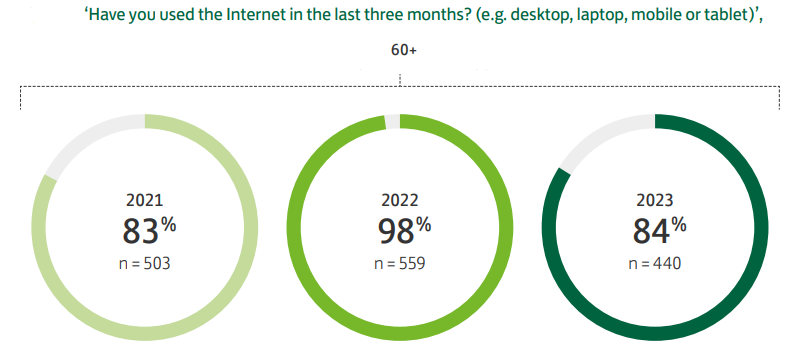In a world teetering on the edge of a technological revolution, the looming specter of AI transition casts a substantial shadow, posing a threat to disrupt millions of jobs and ushering in the possibility of “increased unemployment and poverty,” as revealed by the latest government analysis. The AI task force, in a comprehensive review of the risks and opportunities presented by AI, has uncovered a Pandora’s box of potential challenges. From the ominous possibilities of biological warfare to the collapse of electoral integrity, the task force has delved into the implications of automation for the job market, revealing a future that could lead to social unrest.
Decoding AI transition challenges
The government’s papers paint a vivid picture of a future where highly capable general-purpose AI models could become the architects of effective automation across various domains. These super-intelligent machines threaten to displace human staff, sending shockwaves through British society. The imagined ‘future scenario’ envisions a public backlash by 2030, sparking a fierce debate on the future of education and work. The potential for highly skilled computers rendering humans obsolete seems like a script from science fiction, but experts caution against premature resignation.
Prime Minister Rishi Sunak, in a speech addressing the report’s findings, challenges the simplistic narrative that AI will inevitably “take people’s jobs.” Instead, he urges the public to view AI as a “co-pilot” that can enhance economic prosperity and productivity over time. While AI can swiftly complete mundane administrative tasks, the impact on employees is not predetermined. It all boils down to a choice made by management—whether to see employees as a resource, benefiting from AI, or merely as an outgoing cost, leading to mass redundancy.
James Hayton, an expert at the Institute for the Future of Work, emphasizes the seismic impact of AI technology while stressing that its outcome is not pre-determined. According to statements made by Hayton, there are choices available in the use of AI, with the option to either augment labor or substitute it. The key lies in how organizations choose to embrace AI—whether as a tool to enhance productivity or as a force that displaces human workers. One company’s decision to move employees into more interesting roles showcases the potential for positive outcomes when AI is seen as a catalyst for growth.
How do we make sure the shift to AI is equitable?
Government reports offer a glimmer of hope, suggesting a return to pre-1980 trends where worker displacement from automation was offset by the creation of new jobs. But, caution is advised to prevent low-to-mid skilled workers, particularly in regions with below-average investment in workforce education and technology infrastructure, from being left behind. The potential to polarize the workforce and exacerbate inequality looms large.
To navigate these challenges, the government and AI-adopting companies must prioritize employee rights. Hayton emphasizes the need for considering employee voices in a post-Thatcher era where unions have eroded. In the AI transition, ensuring a fair and just outcome requires a concerted effort to listen to and address the concerns of the workforce. As technology races ahead, the choices made today will shape the future landscape of employment and societal well-being.
The crucial choices await in the era of AI
As the world stands at the crossroads of AI transition challenges, the path forward remains uncertain. Will AI be a force that ushers in a new era of prosperity and equal opportunity, or will it deepen existing divides and inequalities? The power lies not just in the hands of technology but in the choices made by individuals, organizations, and governments. The question that lingers in the air is whether we are prepared to shape a future where the benefits of AI are shared by all or risk a scenario where the consequences are borne by a few. In the face of AI’s inexorable march, the choices we make today will determine the course of tomorrow.





